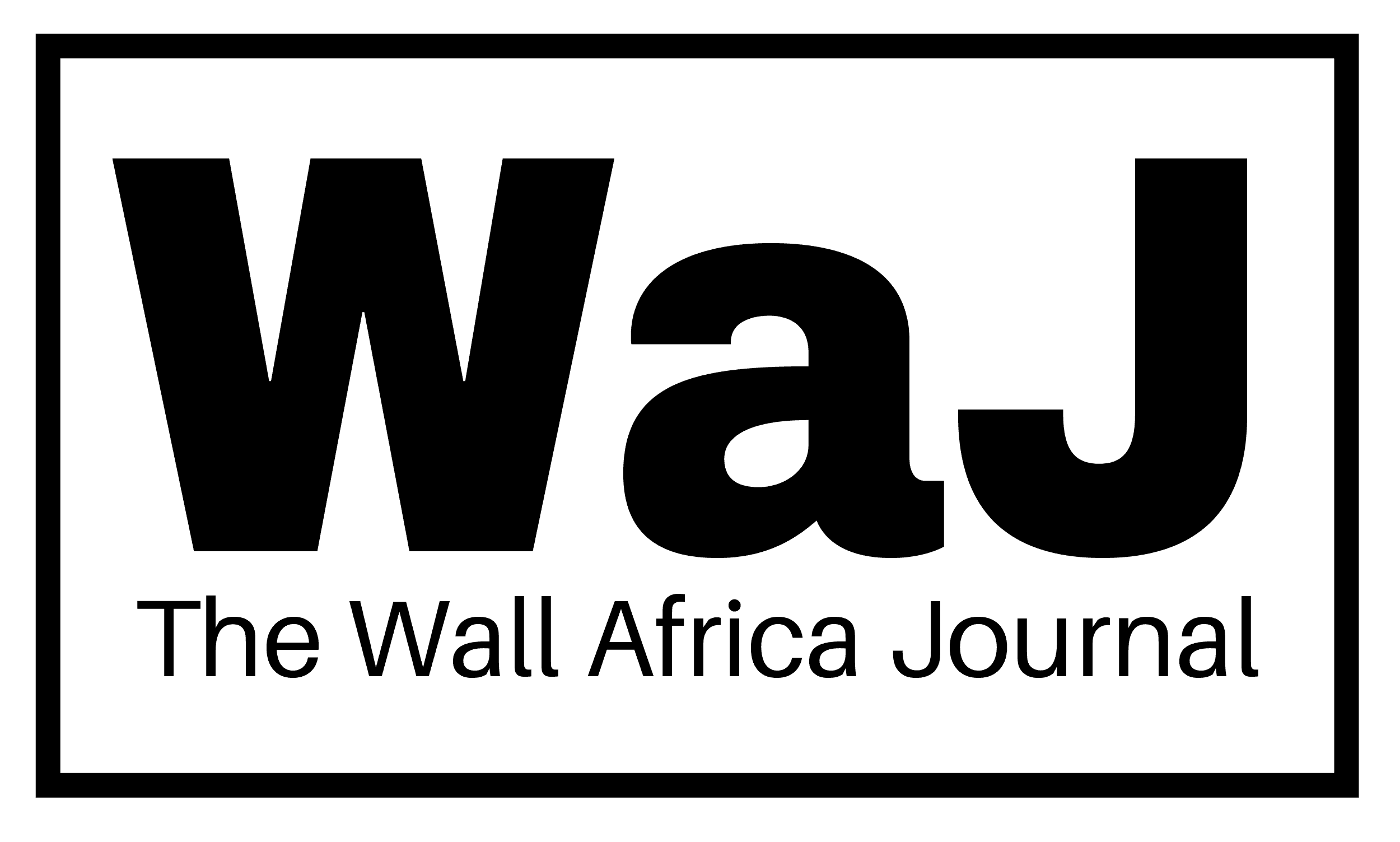A bold campaign led by Nigerian activist Abimbola Ogundairo is gaining momentum across Africa and beyond, challenging centuries-old cartographic norms that have long distorted the continent’s size and significance.
At the heart of the movement is a call to abandon the widely used Mercator projection — a map dating back to the 16th century that drastically shrinks Africa while exaggerating the size of Europe and North America. On this map, Greenland appears nearly the same size as Africa, even though the continent can fit 14 Greenlands within its borders.
“It’s not just about geography — it’s about power, perception, and pride,”
says Ogundairo, who leads the campaign under the non-profit Africa No Filter. Her initiative, called “Correct the World,” is pushing institutions, schools, and governments to adopt more accurate, equal-area projections such as the Equal Earth map.
The Mercator map was originally designed for sea navigation, not global representation. Yet, it became the dominant classroom and policy reference, subtly reinforcing colonial-era narratives by elevating the visual prominence of the Global North and minimizing the Global South.
Critics argue this distortion has real consequences — affecting global perceptions of Africa’s importance, economic potential, and geopolitical weight.
“Maps shape minds. When Africa looks small, it’s treated as small,”
Ogundairo explains. “But the reality is Africa is massive — you can fit the United States, China, and India inside it.”
The campaign is not only educational but also deeply symbolic. As the African Union pushes for stronger continental integration and a more assertive voice on the global stage, the way Africa is represented on maps has become a powerful cultural and political issue.
The Equal Earth projection, developed in 2018 by a team of international cartographers, has emerged as a leading alternative. It accurately preserves the proportions of landmasses while offering a visually balanced world view. The map has already been adopted by global institutions like NASA and the World Bank.
While many schools in the West have begun switching to more accurate maps — such as Boston Public Schools in the US — Ogundairo emphasizes that the movement must be led from within Africa itself. “We can’t wait for validation. Africans must decide how Africa is seen,” she insists.
Her message is simple but urgent: “Unless we control how we are represented, others will keep distorting us — literally and figuratively.”
With growing support, the campaign could mark a turning point in how Africa asserts its identity — not just on maps, but in the minds of the world.



